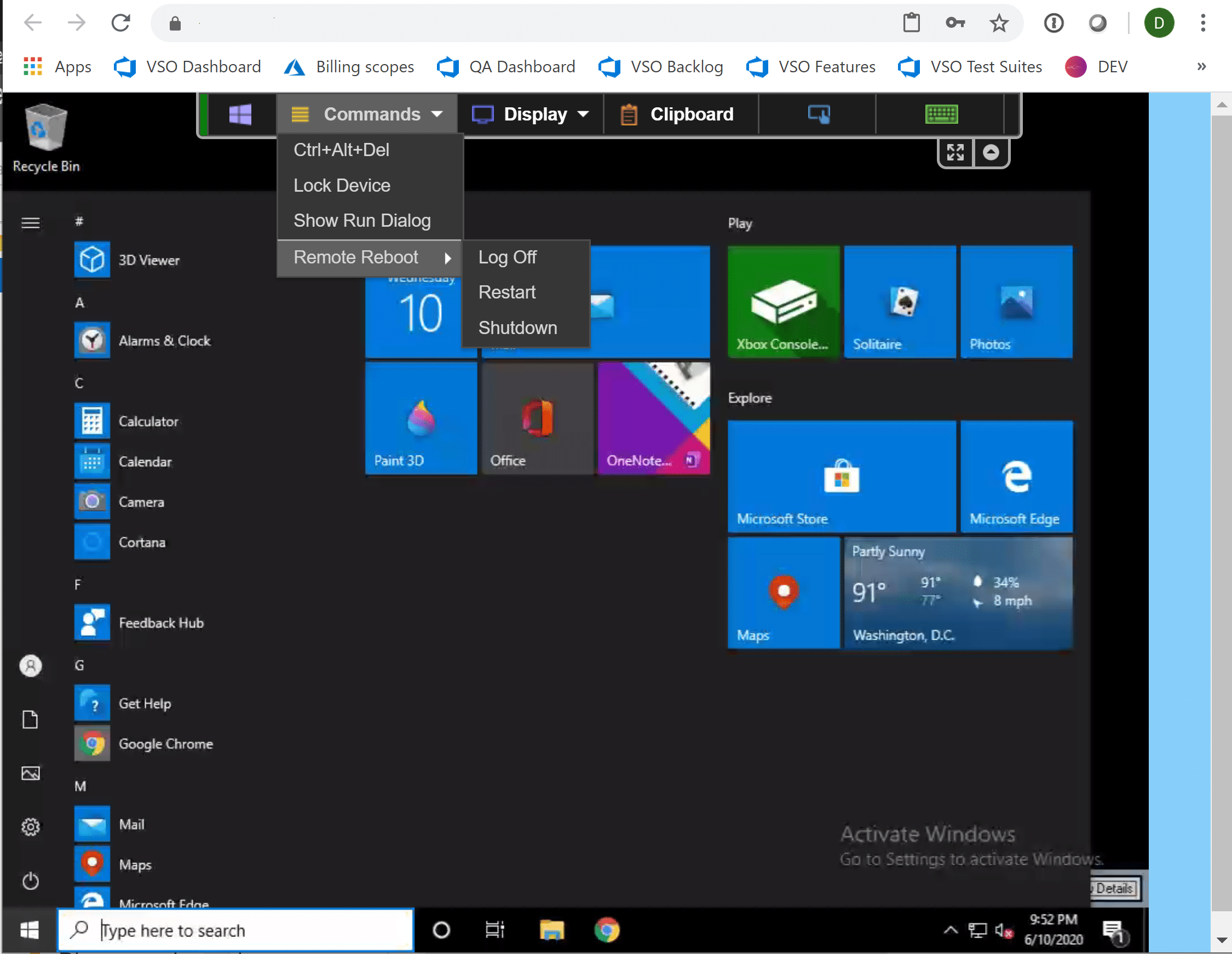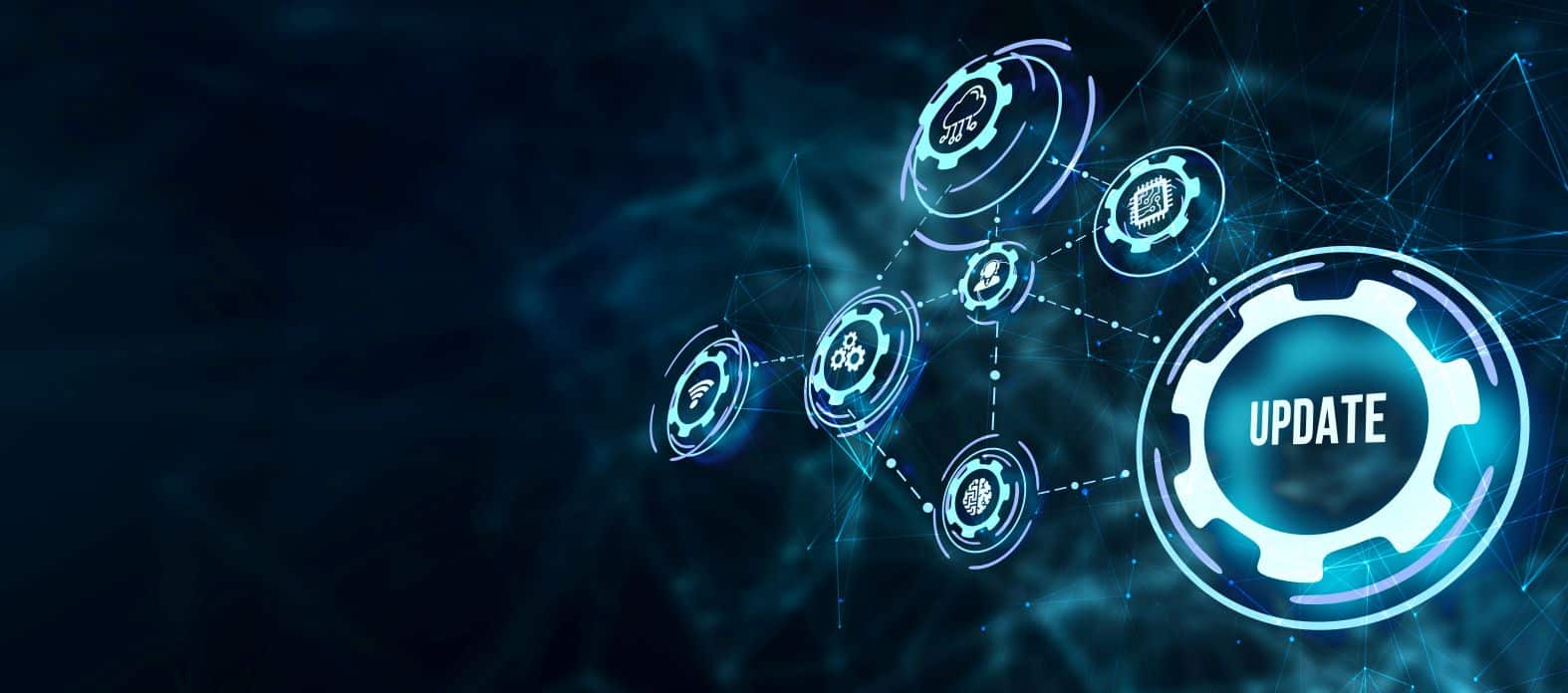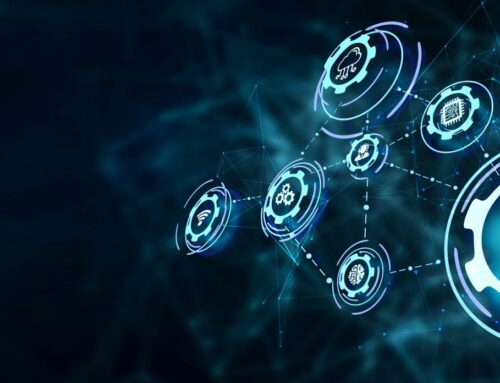
Windows users are notorious for holding onto aging operating systems and PCs many years after their sell-by date. A couple of years back, for example, an entire publishing and events office was discovered to still be running on Windows XP. No doubt there are XP machines sitting about in unsuspected places. Yet Microsoft ended support for that OS a decade ago. Since then, no security updates have been issued for it.
The same thing now applies to Windows 7 and 8. According to StatCounter, Windows 7 accounts for 11% of global Windows users as of September of 2022. Windows 8 has almost 4% market share and XP still manages half a percent. But even though the bulk of users have transitioned to Windows 10 (68% and are being heavily encouraged to make the switch to Windows 11 (currently only accounting for 17% of Windows users), that still leaves a large number running on obsolete, unsupported, and highly insecure OSes.
Windows, after all, rules the desktop and laptop space with three quarters of all installations. Microsoft estimates that 1.5 billion devices worldwide are running on Windows 10 or above. That means several hundred million users continue to run XP, Windows 7, and Windows 8 – and some of them could be lurking within your network or somewhere along your supply chain.
It becomes an urgent priority for organizations to find these users and upgrade them fast. Otherwise, they will no longer qualify for technical assistance and will get no more software updates. Crucial security updates for Windows 7 and 8 have officially ended. Any new exploits that can attack these systems will receive no patches from Microsoft.
Microsoft is asking Windows 7 users to skip 10 and move directly to Windows 11.
“PCs have changed substantially since Windows 7 was first released 10 years ago. Today’s computers are faster, more powerful, and sleeker – plus they come with Windows 11 already installed,” said an official announcement from Microsoft.
In most cases, a PC or laptop upgrade will be required – the new OS has much higher requirements for memory and processing power.
Anyone considering hedging their bets and moving to Windows 10 should know that its support will end in the fall of 2025. Why upgrade yet again in a couple of years and open yourself to yet another round of insecure devices to fix?
Those determined to stick with Windows 7 face an uphill task. Not only is Microsoft abandoning them, so, too, is the rest of the software ecosystem. Google, for example, is about to release a new version of Chrome, which will no longer me operable on Windows 7 or 8. That means no more updates for Chrome users on Windows 7 and 8 i.e., yet another gaping security hole impacting those users.
When Windows 7 supported began to disappear a in 2020, it attracted a great many cybercriminals. They began to look for the OS, knowing that they could penetrate it due to well-known and no longer patched security holes. The FBI issued a warning to private industry to get rid of it as quickly as possible. Many have yet to heed that advice.
Steps to Take Immediately
In light of these announcements, organizations are urged to take the following steps.
1. Conduct a detailed inventory of all operating systems running throughout the enterprise using Syxsense Enterprise.
2. Note all versions of XP, Windows 7 and 8 running, as well as older no longer supported Windows 10 instances (such as versions 1803, 1809, and 1909).
3. Work out a plan on how these machines are to be a) protected right now b) moved to Windows 11, and c) replaced with more modern PCs and laptops that qualify to run Windows 11.
4. Until the migration occurs, place all Windows 7 and 8 systems behind a dedicated firewall and protect them with intrusion prevention and anti-malware tools. Also, disable remote access to those systems unless sit is behind a VPN.
5. Survey your supply chain partners and even customers that have trusted access to your network. Verify that they have no users still on obsolete Windows OSes. Demand that only those on Windows 10 and 11 will be allowed access.
6. Use Syxsense Enterprise to conduct regular vulnerability scans throughout the network, and initiate remediation steps for vulnerabilities found.
7. Set up Syxsense Enterprise to automatically prioritize, deploy patches throughout the enterprise.
Syxsense centrally manages, and fully automates all inventorying, scanning, patching, and remediation. It reviews, verifies, tests, and issues all patches within three hours of issuance. Its software can automatically deploy those patches to all users and devices. It also contains a patch rollback function in one of the rare instances when a problem arises due to a new patch. This represents the most efficient way to deal with the onslaught of new patches. It also frees up IT and security personnel to take care of other urgent areas of security for the enterprise.
For more information, visit: www.Syxsense.com







